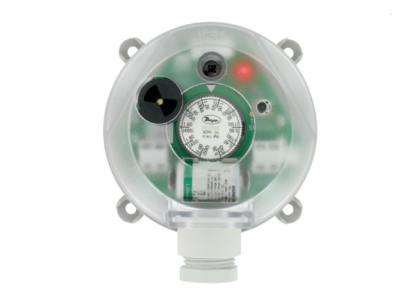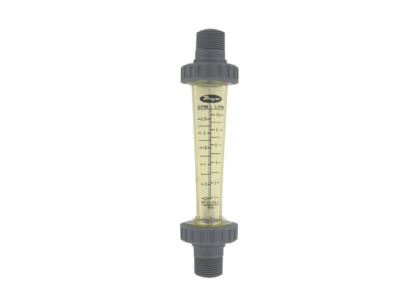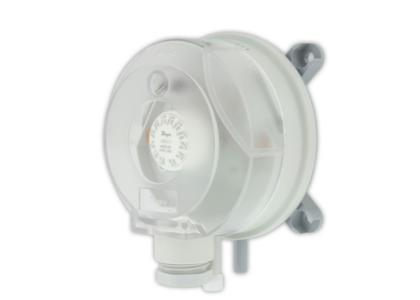Product shortages can be a nightmare for businesses, leading to lost sales, unhappy customers, and a damaged reputation. In today’s competitive market, it’s crucial to keep your shelves stocked and your customers satisfied. Here are five simple tips to help you avoid product shortages and keep your customers coming back:
1. Improve Your Inventory Management
One of the most effective ways to prevent product shortages is to have a robust inventory management system in place. This means regularly tracking your stock levels, setting reorder points, and forecasting future demand. By staying on top of your inventory, you can avoid running out of popular items and ensure that you always have enough stock to meet customer needs.

For example, let's say you own a clothing store. By closely monitoring your inventory, you notice that your best-selling t-shirt is running low. You place a reorder before it's completely sold out, ensuring that you have enough stock to meet the demand and keep your customers happy.2. Diversify Your Supplier Base
Relying on a single supplier can be risky, as any disruptions in their supply chain can lead to shortages in your own business. To mitigate this risk, it’s important to diversify your supplier base and build relationships with multiple vendors.
Imagine you run a furniture store, and your main supplier experiences a production delay due to a natural disaster. By having alternative suppliers lined up, you can quickly source the necessary items from another vendor, minimizing the impact on your customers.
3. Communicate Proactively with Customers
When product shortages are unavoidable, it’s crucial to communicate with your customers proactively. Be upfront about any delays or out-of-stock items, and provide regular updates on when the products will be available again. This transparency can help to manage customer expectations and prevent frustration.
For instance, if you own an electronics store and a popular gaming console is in short supply due to a global chip shortage, let your customers know as soon as possible. Provide them with an estimated delivery date and offer alternative products or accessories to keep them engaged while they wait.4. Offer Substitutes or Alternatives
When a specific product is unavailable, consider offering similar items or alternatives that can meet the customer’s needs. This can help to reduce the impact of the shortage and keep your customers satisfied.
Imagine you run a pet supply store, and your best-selling dog food brand is out of stock due to a supply chain disruption. Instead of turning customers away, offer them a different brand with similar ingredients and nutritional value. This can help to prevent lost sales and keep your customers loyal.
5. Invest in Automation and Technology
Automating your inventory management and supply chain processes can help to reduce the risk of product shortages and improve efficiency. Consider investing in tools like demand forecasting software, automated reordering systems, and real-time tracking of shipments.
For example, if you own a hardware store, you can use automated inventory management software to track your stock levels and generate purchase orders when items reach their reorder point. This can help to ensure that you always have the necessary products in stock, even during peak seasons or unexpected surges in demand.By implementing these five simple tips, you can significantly reduce the risk of product shortages and keep your customers happy. Remember, proactive planning, effective communication, and a commitment to customer satisfaction are key to success in today’s competitive market.




